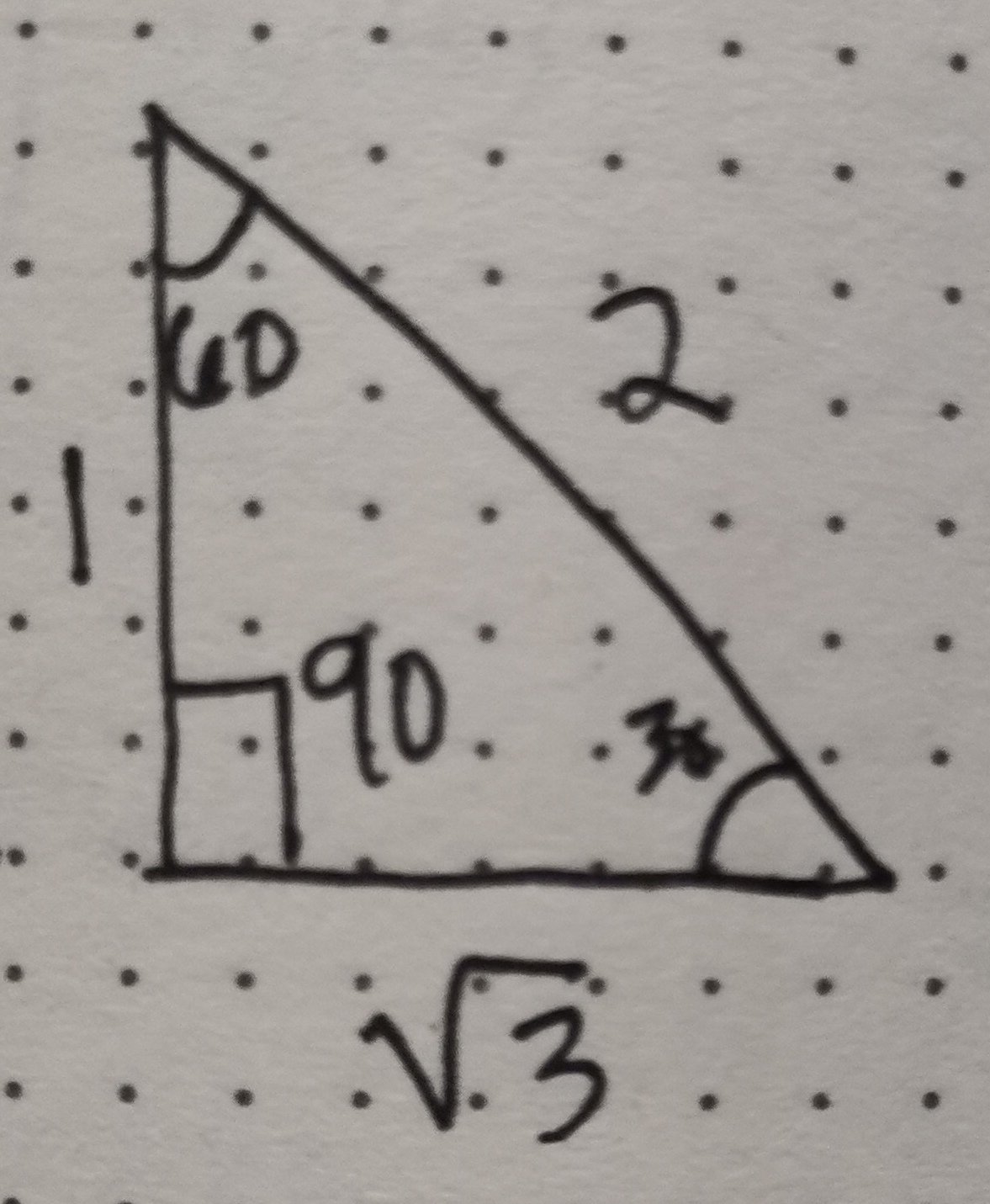MATH GEOMETRY UPCAT
1/46
Earn XP
Description and Tags
nak nampucha
Name | Mastery | Learn | Test | Matching | Spaced |
|---|
No study sessions yet.
47 Terms
direct variation
y = kx
inverse variation
y = k * 1/x
perimeter of a square
p = 4s
area of a square
a = s²
perimeter of a rectangle
P = 2a + 2b
area of a rectangle
A = ab
perimeter of a triangle
P = a + b + c
area of a triangle
A = ½(bh)
perimeter of a trapezoid
P = a + b + c + d
area of a trapezoid
A = h (a+b/2)
perimeter of a parallelogram
P = 2a + 2b
area of a parallelogram
A = bh
pythagorean theorem
a² + b² = c²
common pythagorean triples
3 - 4 -5
5 - 12 - 13
7 - 24 - 25
8 - 15 -17
9 - 40 - 41
30 - 60 - 90 right triangle
1 - √3 - 2

45 - 45 - 90 right triangle
1 - 1 - √2

perimeter of a circle
P = 2πr
area of a circle
A = πr²
slope-intercept form
y = mx + b
slope formula
y2 - y1 / x2 - x1
distance formula
√(x2 - x1)² + (y2 - y1)²
parallel lines
(y - y1) = m (x - x1)
permutation
the order of the set matters
permutation formula
P = n!/(n - r)!
combination
order does not matter (i.e. set can be rearranged in many ways)
combination formula
C = n!/r!(n - r)!
work problems
W = Nrt
percentage of 1
100% (1.0)
percentage of 7/8
87.5% (.875)
percentage of 4/5
80% (.8)
percentage of 3/4
75% (.75)
percentage of 2/3
66.67% (.667)
percentage of 5/8
62.5% (.625)
percentage of 3/5
60% (.6)
percentage of 1/2
50% (.5)
percentage of 2/5
40% (.4)
percentage of 3/8
37.5% (.375)
percentage of 1/3
33.3% (.33)
percentage of 1/4
25% (.25)
percentage of 1/5
20% (.2)
percentage of 1/6
16.6% (.166)
percentage of 1/8
12.5% (.125)
percentage of 1/10
10% (.1)
percentage of 1/12
8.33% (.083)
mean
average of the series
median
middle value in a series arranged from lowest to highest
mode
most common value in a series